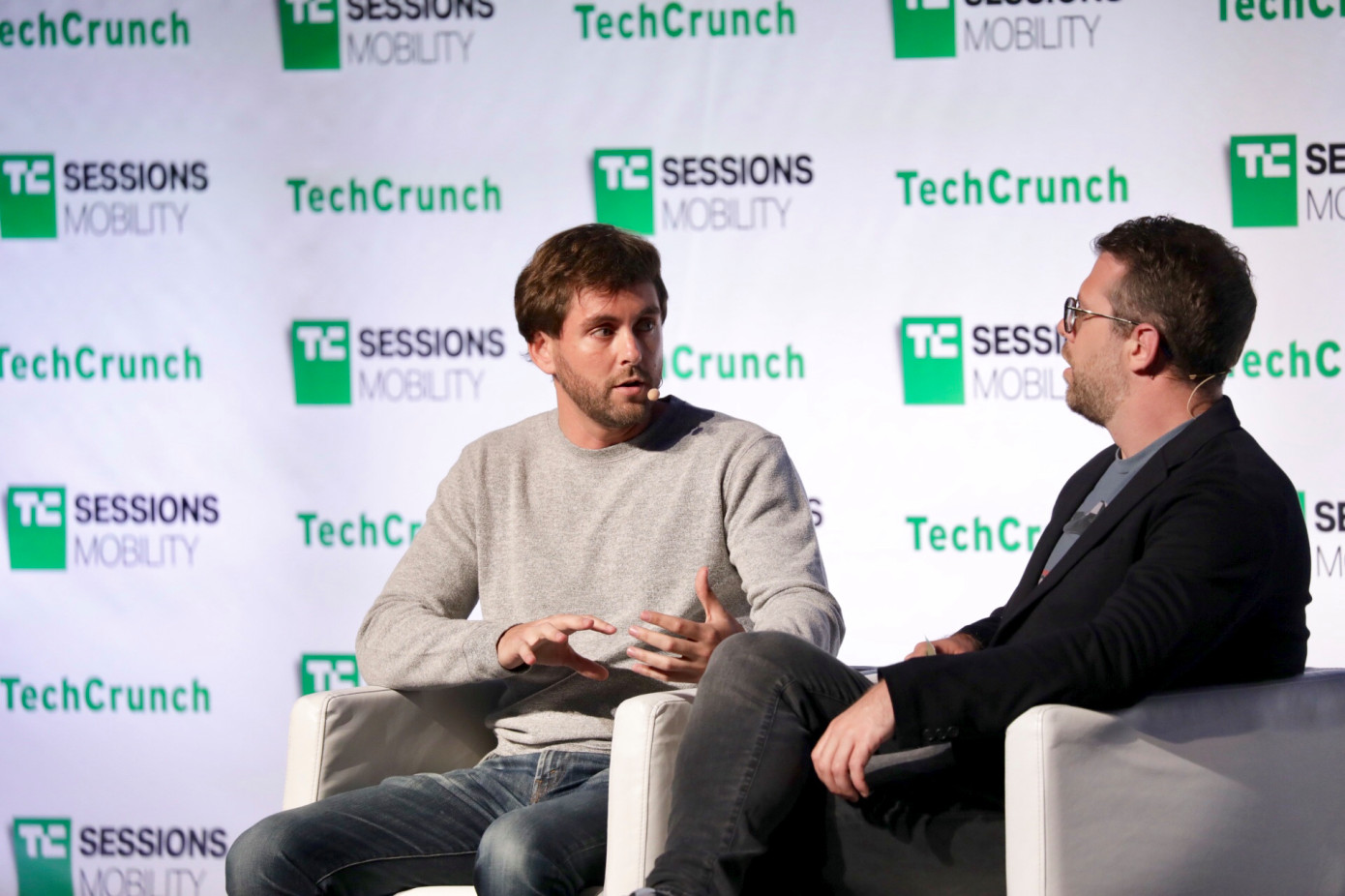Another week, another trade war. And unlike most trade wars these days, this one didn’t originate from the confines of the Rose Garden with the Marine One whirlybird in the background. No, like any Ice Bucket Challenge-worthy meme, others are getting in on the trade war bandwagon and making it their own.
Cue Japan and South Korea. The two countries have slipped into their own trade war over the past few weeks, a conflict that now threatens the foundations of Japan’s supplier industry, Samsung Electronics, and global smartphone and computer shipments.
But why a trade conflict? If the U.S./China trade war emanates from the dark recesses of President Trump’s brain, then this new trade war emanates from the dark chapters of Japan and South Korea’s collective and sad history.
One of the saddest of those chapters is the plight of Korean comfort women — women who were forced into sexual slavery by wartime Japan in the 1930s and 1940s to service soldiers throughout the Japanese empire. Given the dates of those atrocities, many of those women are now reaching the late stages of their lives, as are men who were impressed into wartime labor in Japanese factories to fight the Allies.
Late last year, Korea’s highest court ordered Mitsubishi to pay essentially reparations for the company’s use of slave labor throughout the Japanese occupation and World War II, a decision that mirrored the court’s earlier judgment against Nippon Steel & Sumitomo Metal a few weeks before.
As the Korean court system has attempted to claw back those reparations from Japanese companies, Japan has not sat still. The country’s prime minister Shinzo Abe and his government have responded by placing a broad trade embargo on South Korea of high-technology goods under “national security” grounds, arguing that Seoul has failed to find a path forward to mend the fences between the two countries.
This past week, the two countries met to try to resolve the tensions, but failed to agree on a solution. That leaves the export bans in place, jeopardizing the supply chains for many electronics products.
Take Samsung Electronics for instance. The Korean company is the number one manufacturer of memory DRAM chips, accounting for more than 40% of the nearly $100 billion market, and also the number one manufacturer of NAND flash chips, with 35% share. SK Hynix — another Korean company — was the second largest manufacturer of DRAM chips with a roughly 31% share. Samsung and other Korean manufacturers are also market leading in industries like semiconductors and LCD displays.
Korea’s electronics companies have deep supply chains in Japan, which produce everything from photoresist chemicals and materials for semiconductors to the actual manufacturing equipment and parts required to operate factories. Thus, Japan’s trade embargo was expected to compromise two of Korea’s leading manufacturers, a punch to Korea’s fragile economy and a wake-up call for President Moon to reach a compromise with Prime Minister Abe.
Except, as often happens in the wacky world of trade, the export ban had unexpectedly positive consequences.
An anticipated glut of DRAM memory chips this year had pushed prices to new lows, slashing profits at Samsung Electronics in the company’s worst drop in four years. The company’s stock has been battered: from August last year until January, the company lost a third of its value.
And then Japan interceded. Supplies of DRAM chips are suddenly dropping — and prices are rising in turn. As the Wall Street Journal noted Thursday, Japan’s curbs are actually shoring up the memory chip market and leading to better than expected results for Samsung and other Korean manufacturers. While it has had a topsy-turvy few weeks, the stock price for Samsung Electronics is now almost back to where it was this time last year.
In other words, Japan’s punch was more like a stimulus. Whoops.
Such short-term gains may be amusing for trade policy watchers, but any returns are likely to be short-lived of course. And the news is much worse for semiconductors. As the Nikkei Asian Review noted this week, “Any disruption in the supply of EUV photoresist — a coating product used in the extreme ultraviolet lithography vital to the most complex semiconductors — could set back Samsung’s plans to launch its 7-nanometer chips around the turn of the year.” The company has stockpiled some materials, but if the trade war extends from weeks to months, it will eventually have to succumb from the damage to its supply chain.
All of which is to say that what started as a trade spat might boil over into shrinking quantities of memory chips, displays, and next-generation semiconductors — in other words, pretty much everything you need to build a computer or smartphone today.
There are a couple of lessons for the tech industry here. First, while Silicon Valley and other tech regions enjoy a mostly ahistorical outlook, the antecedents of the world are always brimming just beneath the surface. The comfort women situation may seem tangential to the day-to-day challenges of building a hardware product, but politics — particularly visceral, human politics — has a way of interceding far from its remit.
Second, even in a globalized world where national politicians lust for economic growth (and certainly Prime Minister Abe and President Moon are heavily invested in growing their respective economies), networked and cross-border supply chains are increasingly fragile. Just as Huawei discovered the dangers of relying on American technology over the past year, now Korean companies are learning about the dangers of depending on Japan’s high technology industry for critical components.
Third, the development of 5G wireless technology standards and associated hardware devices just increasingly gets battered. The U.S. has specifically targeted Huawei over 5G, but Samsung also has 5G modems and network equipment underway, which are now threatened in Japan and South Korea’s trade war. As wireless technology has become essential to global commerce and entertainment the past few decades, the political importance of controlling this technology has increased dramatically.
Ultimately, what’s the resolution to this new trade war? Well, that’s part of the challenge. President Moon doesn’t want to agree to a quick truce, worrying that such a rapid negotiation would appear to be giving in to Japan’s demands — a symbolism that he is unlikely to accept. Meanwhile, Prime Minister Abe faces the opposite forces, with the Japanese government holding the line that all claims to reparations over the comfort women and wartime slavery were settled by the two countries’ bilateral trade agreement from the 1960s and other diplomatic agreements.
Yet, both politicians need economic growth to succeed, and compromising their leading companies from selling their leading exports is not a route to that outcome. Both are principled leaders, but both are ultimately pragmatic. And so as it happens, it may not be the State Department that gets a deal over the line. No, maybe it’s time Tim Cook gets on his iPhone and talks about, well, iPhones.

from TechCrunch https://ift.tt/2XFlDfC

![]() Josh Kaplan / Slate:
Josh Kaplan / Slate:













